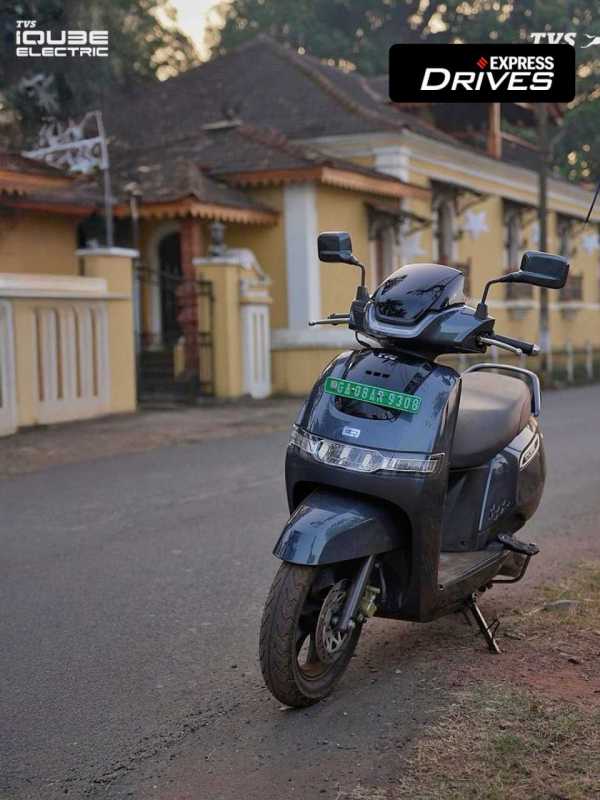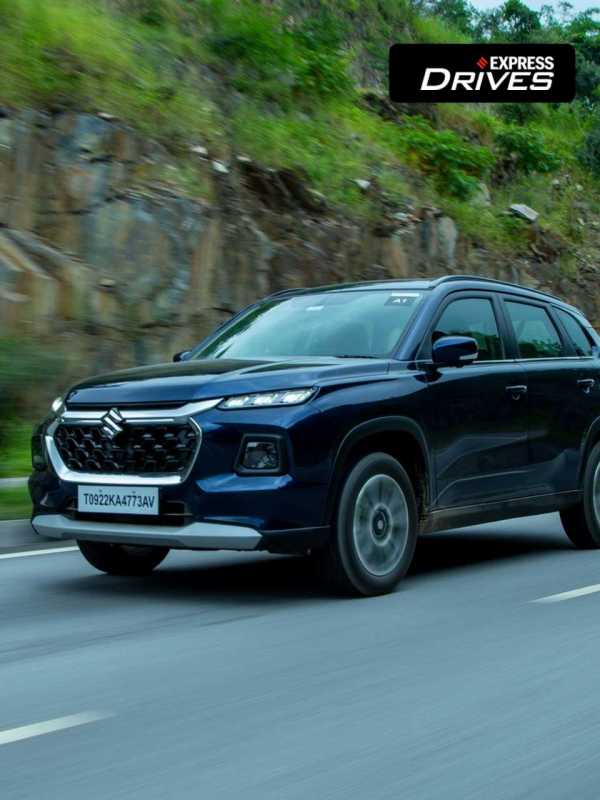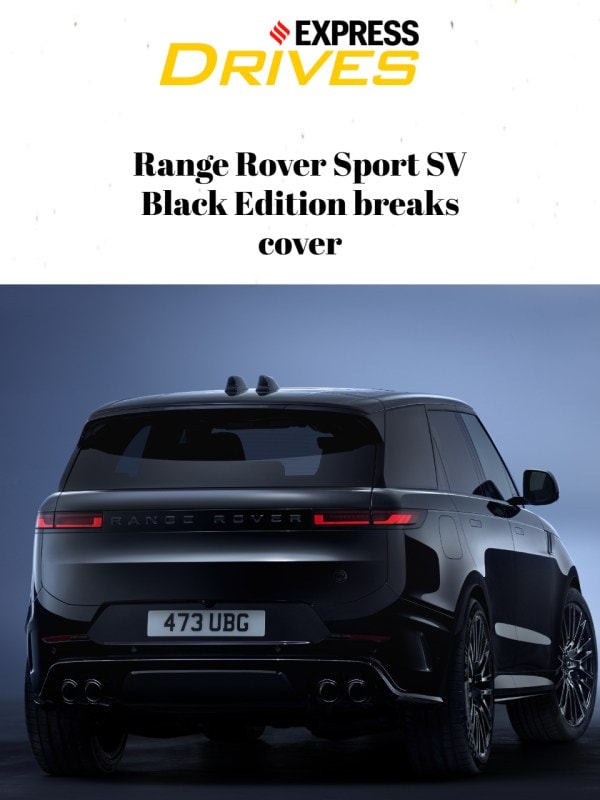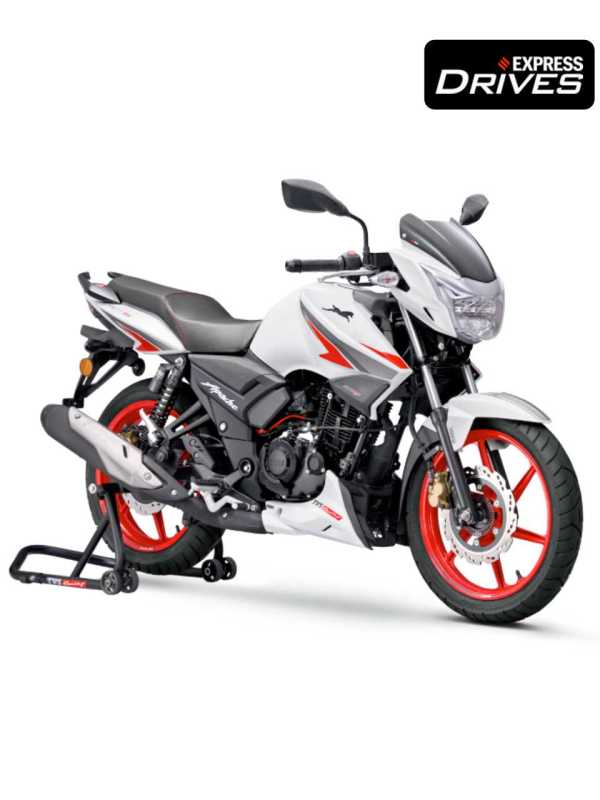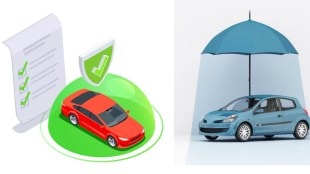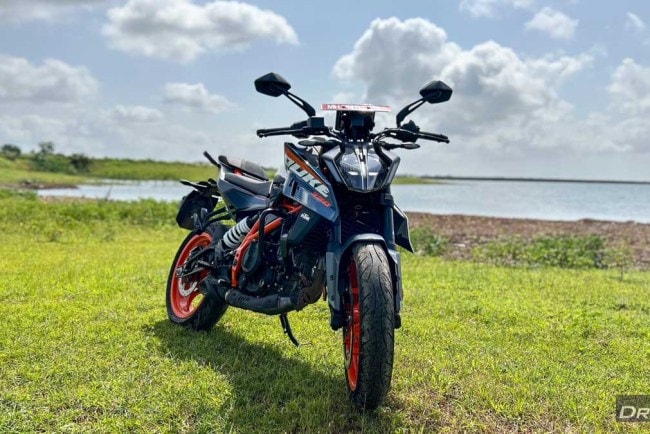SUVs are everywhere, but so are premium hatchback cars. In the sub-4 metre car length space, the sales share of SUVs (to overall passenger vehicles) has grown from 8.3% in FY17 to 21% now. SUVs, however, have displaced sedans (12% sales share in FY17 to 8% now), without impacting premium hatchbacks (22% in FY17 to 23% now).
That 23% is reason enough for carmakers to keep investing in premium hatchbacks — Tata did so by launching the Altroz in early 2020, Hyundai the new i20 in late 2020 and Maruti Suzuki with the all-new Baleno now. We drive it.
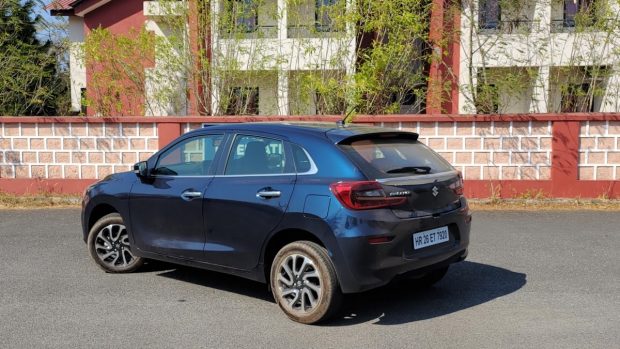
What is the Baleno?
Call it the flagbearer of premium hatchbacks in India. First launched in October 2015, the Baleno crossed the 10-lakh sales milestone in November 2021—it took 72 months, at about 14,000 cars sold per month (more than what many carmakers sell all their models put together). The all-new Baleno is a massive improvement over that first-generation car of 2015.
What defines its design?
Possibly Maruti Suzuki didn’t want to fiddle much with the design language, and that’s why exterior differences are subtle. From the front and rear it does look different, but the side profile is similar to the previous model.The cabin, however, has been revamped. Top-end variants get all the features on the dashboard that some newer SUVs had started to offer, and then some more.
So there is a 9-inch smart touchscreen, 360-degree view camera, Suzuki Connect (connectivity technology), tilt and telescopic steering, and more by way of the head-up display (a small glass pops out between the steering wheel and front glass, and it show speed, RPM, fuel economy etc to the driver without her having to take eyes off the road).

Which engines power it?
It’s the same 1197cc petrol engine, but it has been made more refined, appears more powerful, and definitely delivers more fuel economy. Maruti Suzuki claims it delivers up to 15% more fuel economy than the previous model (22.35 km/litre for manual transmission and 22.94 km/litre for AGS).
How does it drive?
Manual: The manual transmission model is a delight to drive—it possibly is the best driver’s car under Rs 10 lakh range (in addition to Maruti Suzuki Swift). Acceleration from any speed to any speed (in the right gear) is almost-intense, and braking inspires confidence. I once had to do emergency braking and the car didn’t lose its line by even an inch.
AGS: Short for Auto Gear Shift, AGS is the automated manual transmission (AMT) technology. It works like a fully automatic gearbox, and yet is different. The previous model had the continuously variable transmission (CVT) gearbox. The AGS is slow—while driving on highways (if you fully accelerate) it takes a sweet half a second to shift gears. To some, it can be annoying.
Driving in regular city traffic, however, you don’t feel it changing gears.AGS has two advantages over CVT: One, it leads to better fuel economy, and two, it is just Rs 50,000 more expensive than manual, as compared to CVT that was about a lakh rupee dearer.In the Baleno, the steering feedback—mechanical signals that the front tyres send to the steering wheel—is accurate and you get to feel most bumps and dips on the road via the steering wheel. This leads to safer driving.

Is it better than compact SUVs?
The Baleno is definitely a better buy than most compact SUVs (because it’s cheaper: from Rs 6.35-9.49 lakh). It rides marginally better—unlike SUVs, the Baleno appears to have a lower centre of gravity, and that means there is minimal bodyroll on sharp turns. Also, while compact SUVs have more cabin volume (because the headroom is more), in terms of legroom and overall sitting space, the Baleno offers better space.
| Specifications | |
| Engine | 1197cc |
| Power | 89 Bhp |
| Torque | 113 Nm |
| Gearbox | 5-speed, MT/AMT |
| Mileage | 22.35 km/l (MT), 22.94 km/l (AMT) |
| Tank Capacity | 37-litres |
| Price | Rs 6.35-9.49 lakh |







